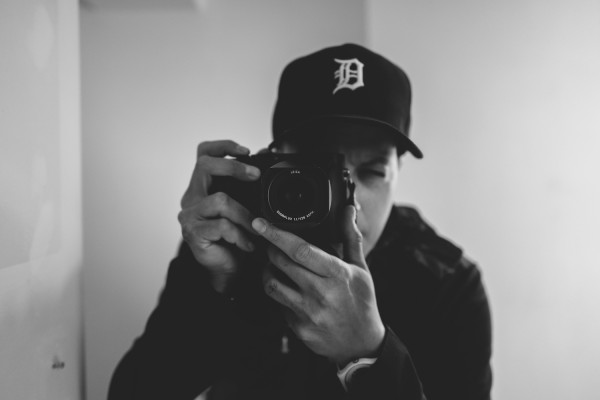interference.patterns
interference.patterns
Jonathan Castellino
February 12, 2018
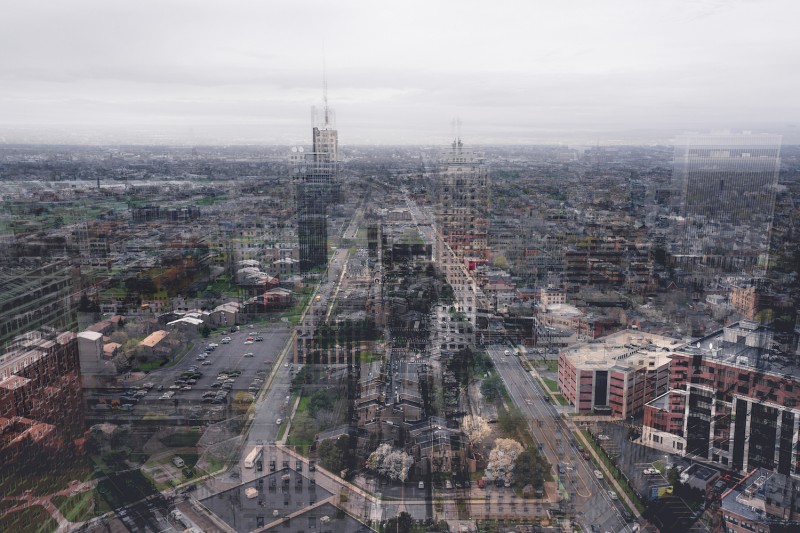
in.formation © Jonathan Castellino
How did you get into photography?
I’ve always had an interest in exploring unseen spaces in cities. From infrastructure, to ruins, to rooftops – finding a unique perspective from which to re-examine the ordinary has been a lifelong obsession of mine. Photography came out of this interest quite naturally, as a mode of story-telling. The language of images is far more compelling than anything I can ever write.
What is the idea behind interference.patterns?
I have always held that a good photograph occurs when there is correspondence between the physical landscape depicted, and the emotional landscape inside of the photographer. In this way, a truth is generated which steps beyond mere aesthetics. Cities are layered, with many converging landscapes. Somehow, we imagine a unified view of their structure. The fact that there are different, conflicting and yet overlapping cities within cities, as it were, is difficult to convey in any single image.
Giving the viewer a ‘slice of time’ has always been the tricky part of photography – and this is exactly why photographs have such hold over us: unlike ourselves, they exist outside the ‘always already’ of ordinary time. In this series, my question of the photograph and of the city is the same: how do we shape it, and in turn, how does it shape us. Multiple exposures within a single image is my way of holding this together. Interference.patterns, like all of my photographic endeavors, is an attempt to press beyond mere description, and explore how the city feels – to document the emotional landscape.
How did you manage to compose the pictures?
Compositionally, I observe visual similarities between different architectural and urban landscape studies that I am making. I then place them one above another. If they do not immediately click, then the image is discarded. They consist of conversations between different aspects of the environment depicted – often multiple perspectives of the same subject (see in.formation). In some instances. it is the same perspective, shot at different focal-lengths, consecutively (see every.thing.that.rises).
In general: Do you have favourite places to take pictures?
I am always drawn to quiet places, or else noisy places, quieted by my chosen perspective. While rooftops and ruins are my preference, I must always have an awareness of the role that the artist plays in re-presenting the ordinary. We tend to keep placeholders, or icons for the everyday structures that we live in and with. And so, it is rare that we truly see them. Photography is my attempt to see, again, my surroundings – to re-imagine the city: a visual documentation of the transiting from space, to place.
Which Leica equipment do you like most and why?
I have used the Leica M-system (M240 for digital, M3 for film) for several years. I find that the combination of prime lenses and the manual focus of these machines forces me to engage with my subject in a manner that is far more intimate than anything else available. A year and a half ago, I added the Leica Q to my kit. Despite having the same focal-length as my M-lens of choice (28mm), it is a totally different animal. I love it. For me, shooting at 28mm with shallow depth-of-field lenses (f/1.7, f/2) is the perfect solution to sensitively, intimately, and accurately capturing my subjects.
Jonathan Castellino+-
Canadian photographer Jonathan Castellino lives in Toronto, and he teaches architectural photography at the Willowbank School of Restoration Arts. His portfolio not only features images of deserted churches, warehouses and factory grounds, but also includes vertigo-inducing views from the rooftops of high-rise buildings. The interrelation between man and the urban environment plays an important role in many of his projects. More

in.formation © Jonathan Castellino
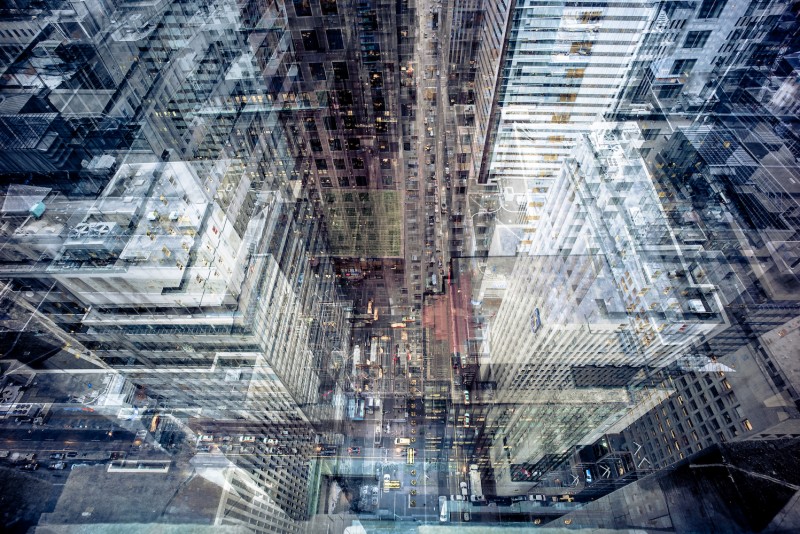
every.thing.that.rises © Jonathan Castellino
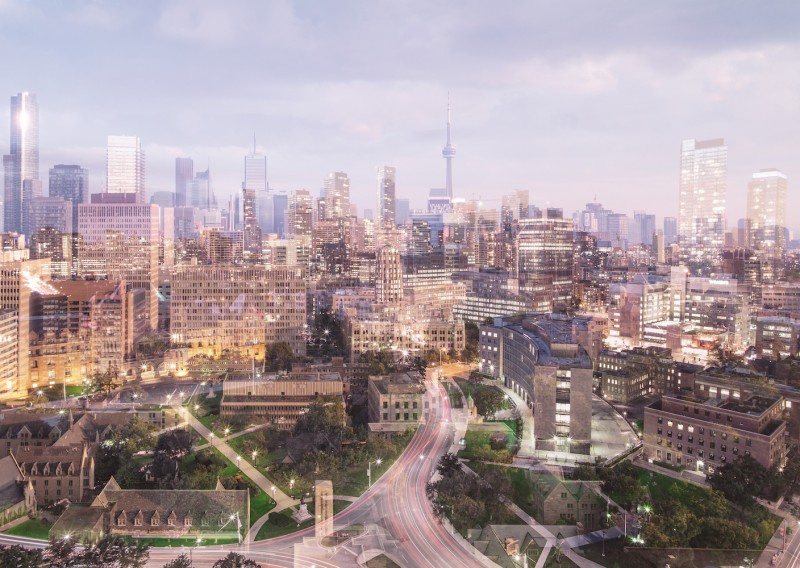
the.perpetual © Jonathan Castellino
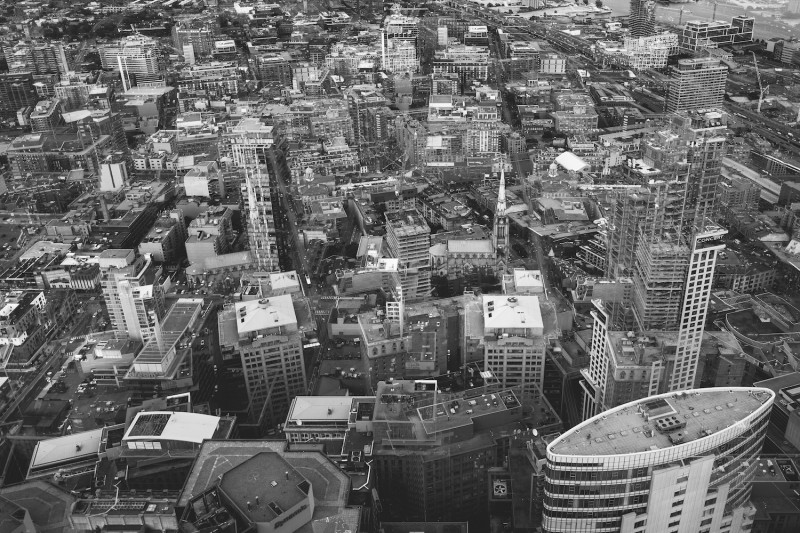
tensity © Jonathan Castellino
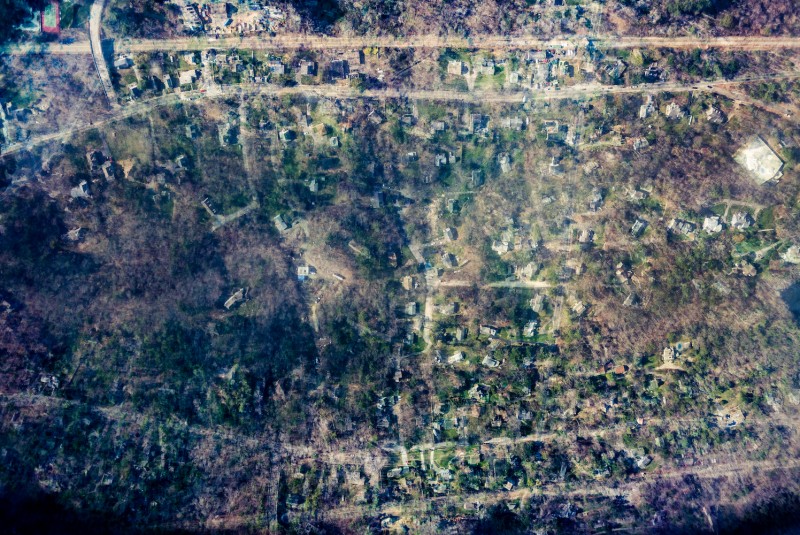
resolution © Jonathan Castellino
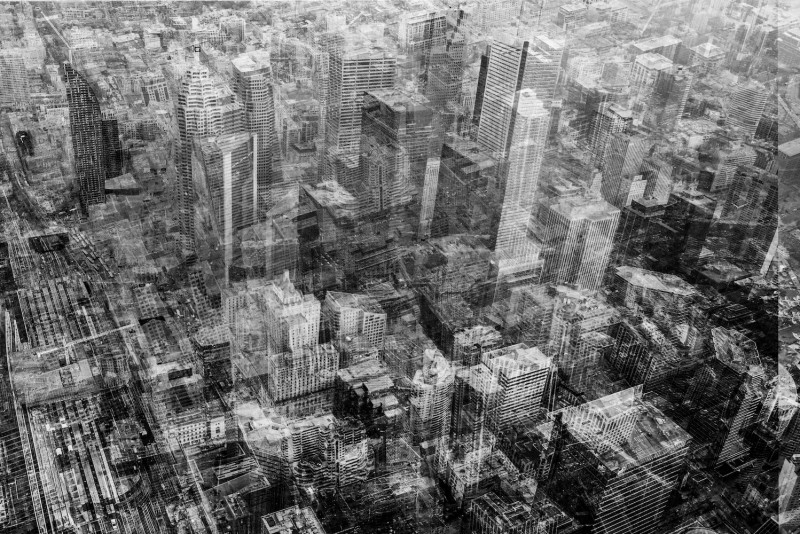
a.drama.in.time © Jonathan Castellino
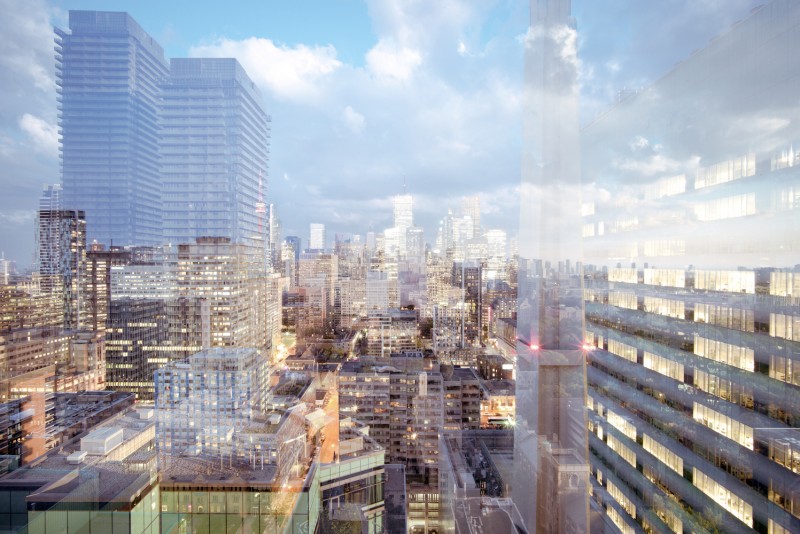
only.wonder.knows © Jonathan Castellino
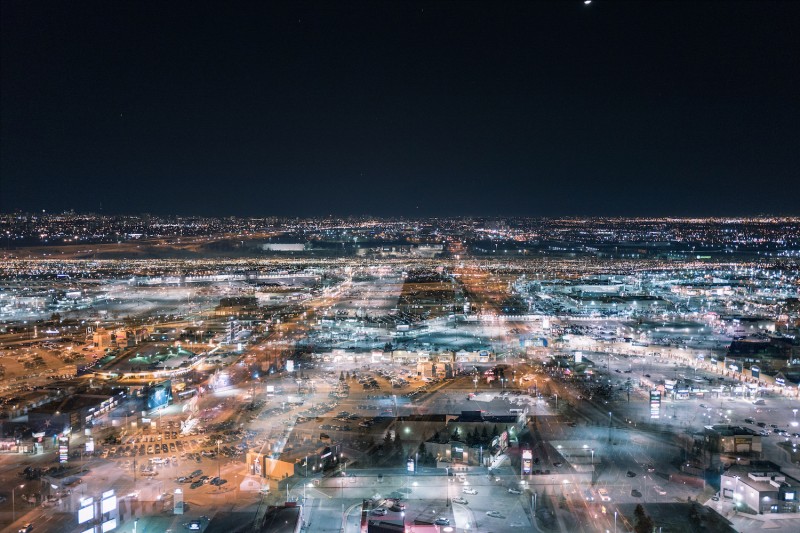
lichen © Jonathan Castellino
